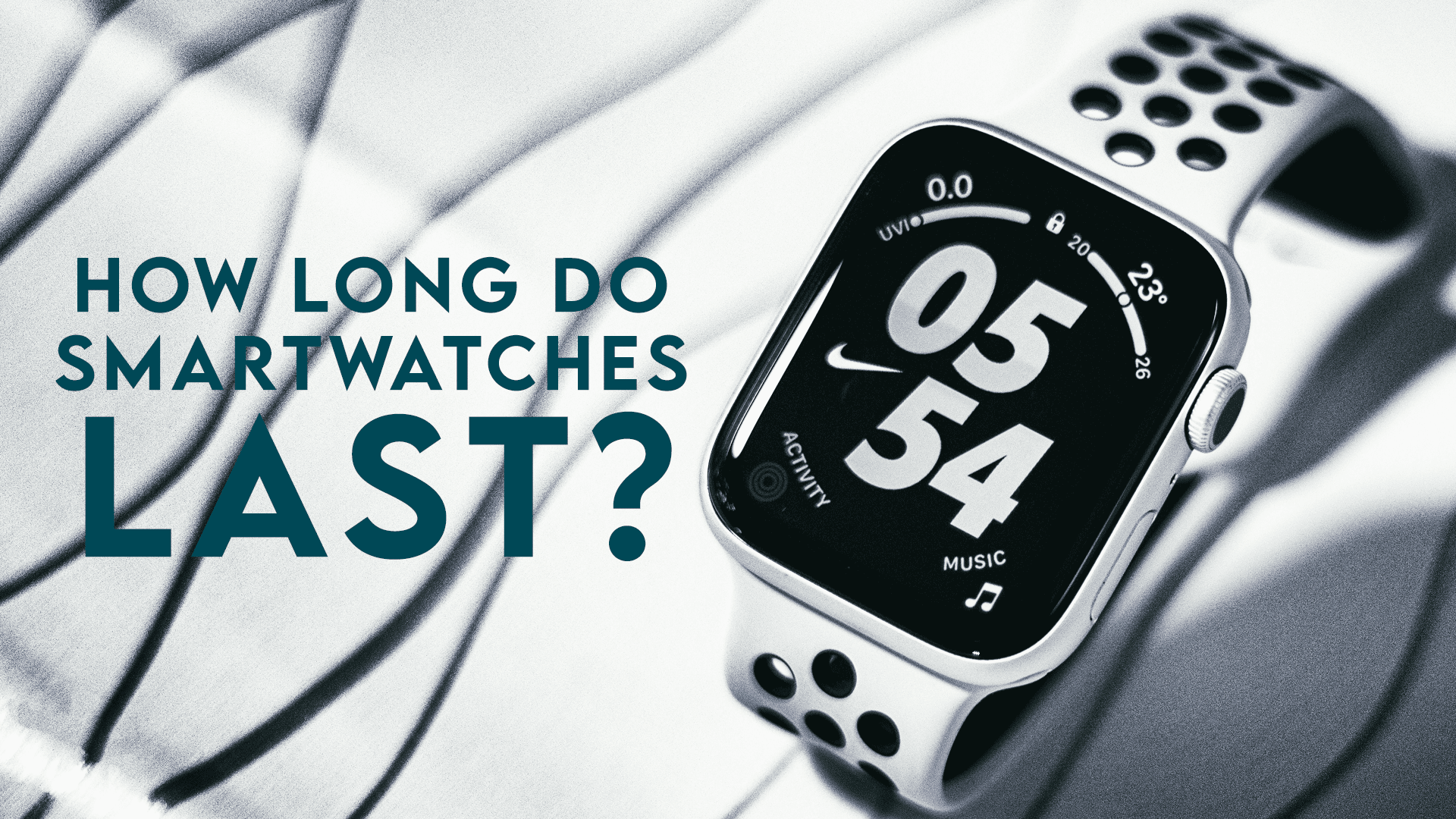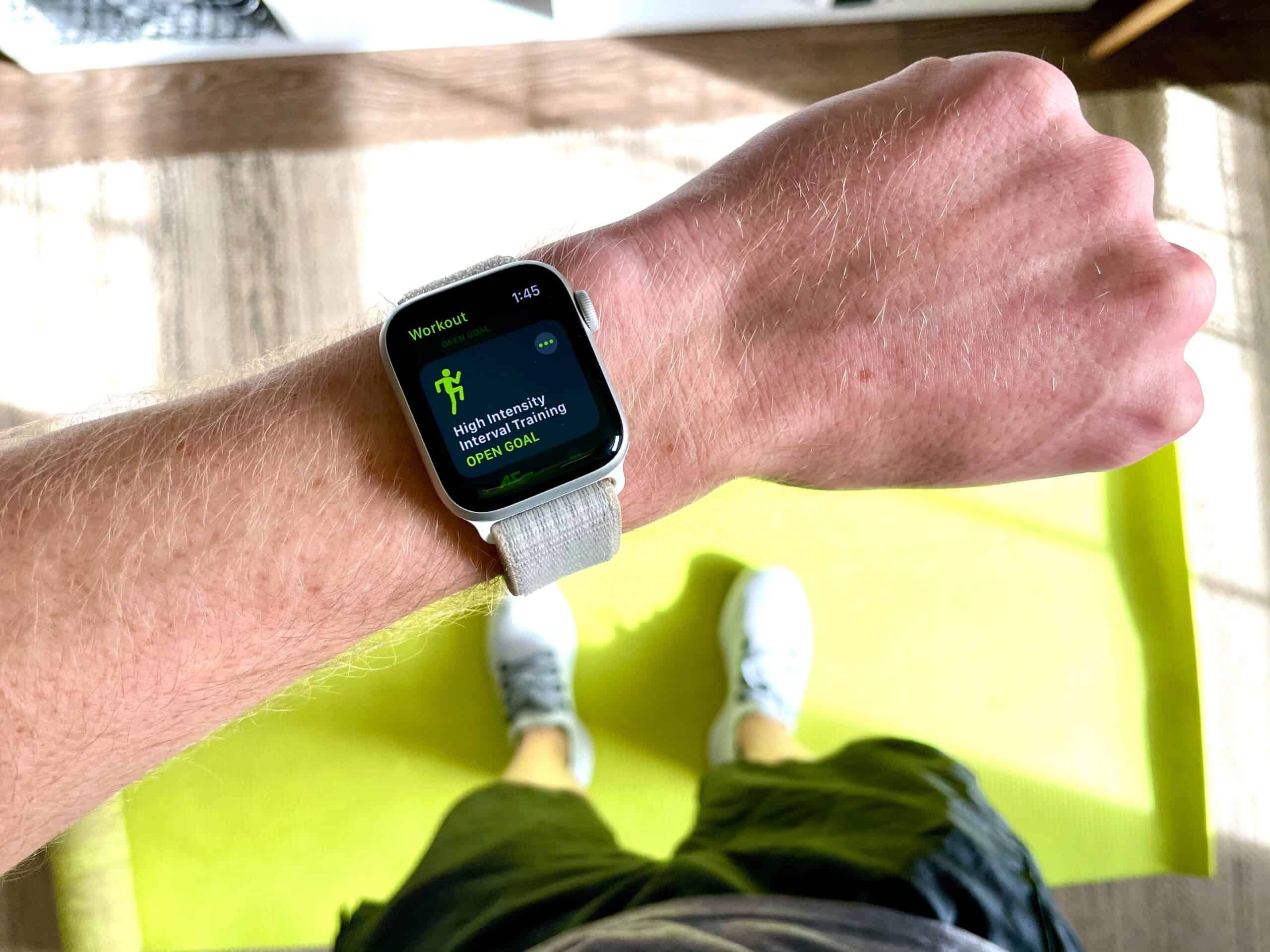Smartwatches are a great device that combines both fashion and technology. They have become increasingly popular recently, with many people using them for various purposes. However, the question often comes to mind is, “How long do smartwatches last?” In this article, we will explore the lifespan of smartwatches and what factors can affect their longevity.
How Long Do Smartwatches Last?
The lifespan of a smartwatch can vary depending on many factors. Still, it can last anywhere from 2 to 5 years on average. However, this can vary significantly depending on how you use the device and how well you take care of it.
Understanding the Lifespan of Smartwatches
When it comes to the lifespan of smartwatches, it’s essential to consider that these devices are not like traditional watches. Batteries and electronics power smartwatches so that they can have a shorter lifespan. The lifespan of a smartwatch can vary depending on many factors, including:
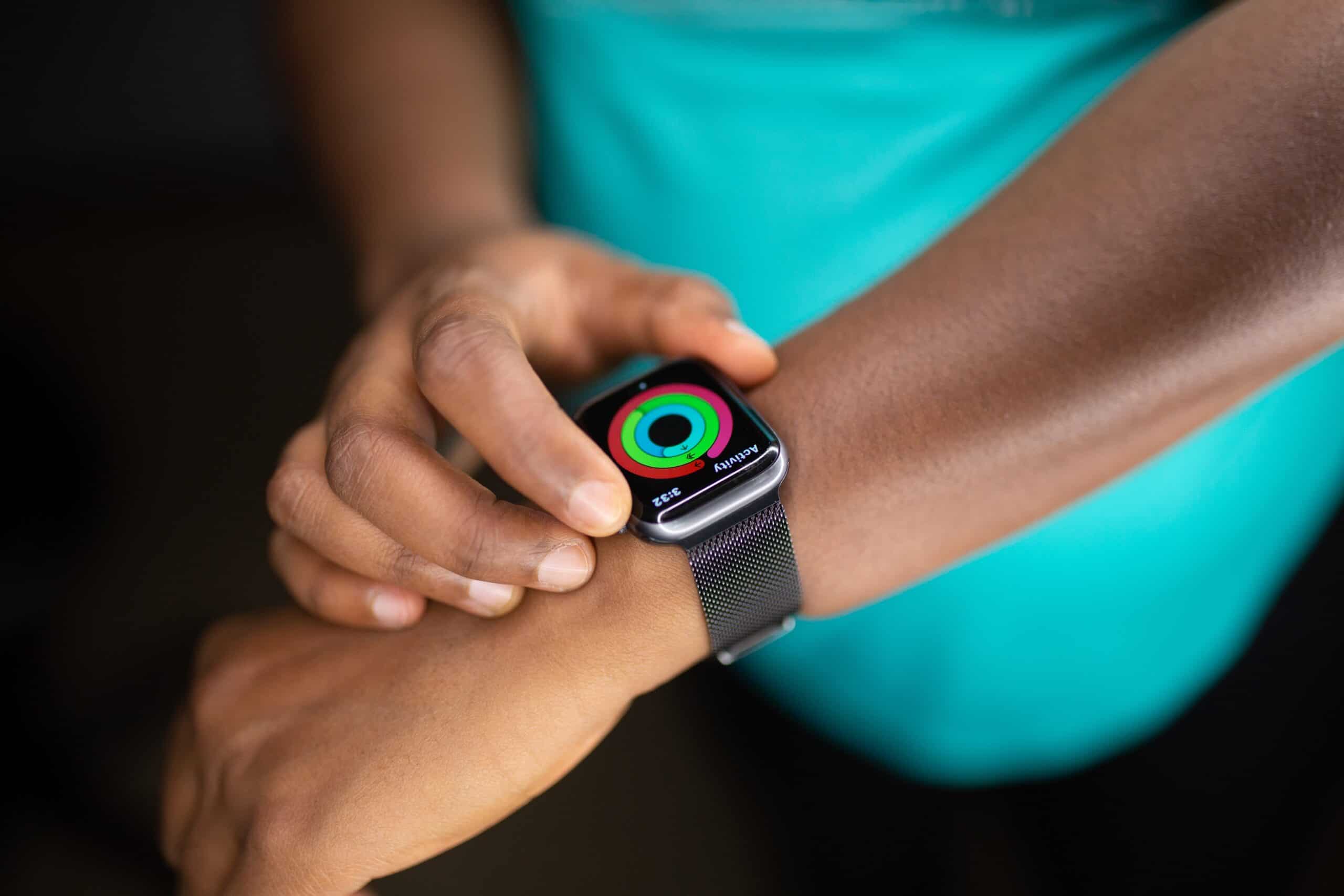
Battery Life
One of the most significant factors that can affect the lifespan of a smartwatch is its battery life. Smartwatches are designed to be worn all day, so they need a battery that can last for an extended period. The battery life of a smartwatch can vary, with some lasting up to a week, while others may only last for a day or two.
Operating System Updates
Just like smartphones, smartwatches receive regular operating system updates that can impact their performance and lifespan. These updates can make the device faster, more efficient, and more secure. However, they can also slow down the device and drain the battery more quickly.
Usage
The way you use your smartwatch can also impact its lifespan. Suppose you use your smartwatch for basic tasks like checking the time, receiving notifications, and tracking your fitness. In that case, it will likely last longer than if you use it for more demanding tasks like streaming or making phone calls.
Build Quality
The build quality of a smartwatch can also impact its lifespan. Smartwatches made from high-quality materials like stainless steel or titanium will last longer than those made from cheaper materials like plastic.
Factors That Affect the Lifespan of Smartwatch Batteries
The battery is one of the most critical components of a smartwatch, and its lifespan can vary depending on many factors. Some of the factors that can affect the lifespan of a smartwatch battery include:
Charging Habits
The way you charge your smartwatch can impact its battery life. Overcharging or undercharging the battery can shorten its lifespan. It’s essential to follow the manufacturer’s recommendations for charging your device.
Temperature
Extreme temperatures can also impact the lifespan of a smartwatch battery. High temperatures can cause the battery to degrade faster. In contrast, low temperatures can cause it to lose its charge more quickly.
Age
The age of the smartwatch battery can also impact its lifespan. As the battery ages, it will hold less and must be charged more frequently.
Tips to Extend the Lifespan of Your Smartwatch
If you want to get the most out of your smartwatch and extend its lifespan, here are some tips to keep in mind:
Follow the Manufacturer’s Recommendations
The manufacturer’s recommendations are the best way to ensure you take care of your smartwatch correctly. Follow their instructions for charging, cleaning, and updating the device.
Avoid Extreme Temperatures
Avoid exposing your smartwatch to extreme temperatures, as this can damage the battery and other components.
Don’t Overcharge Your Battery
Overcharging your battery can shorten its lifespan. Try to avoid leaving your smartwatch on the charger for extended periods.
Turn Off Features You’re Not Using
Some smartwatches come with a range of features that you might not be using. Turning off features you don’t use can help extend your battery life and improve your device’s lifespan. Some features to consider turning off include:
- GPS
- Heart rate monitoring
- Wi-Fi
- Bluetooth
Keep It Clean
Keeping your smartwatch clean can help to prevent damage to the device. Use a soft, dry cloth to regularly wipe down the screen and other components.
Store It Properly
When you’re not wearing your smartwatch, store it in a cool, dry place away from direct sunlight. This can help prevent damage to the battery and other components.
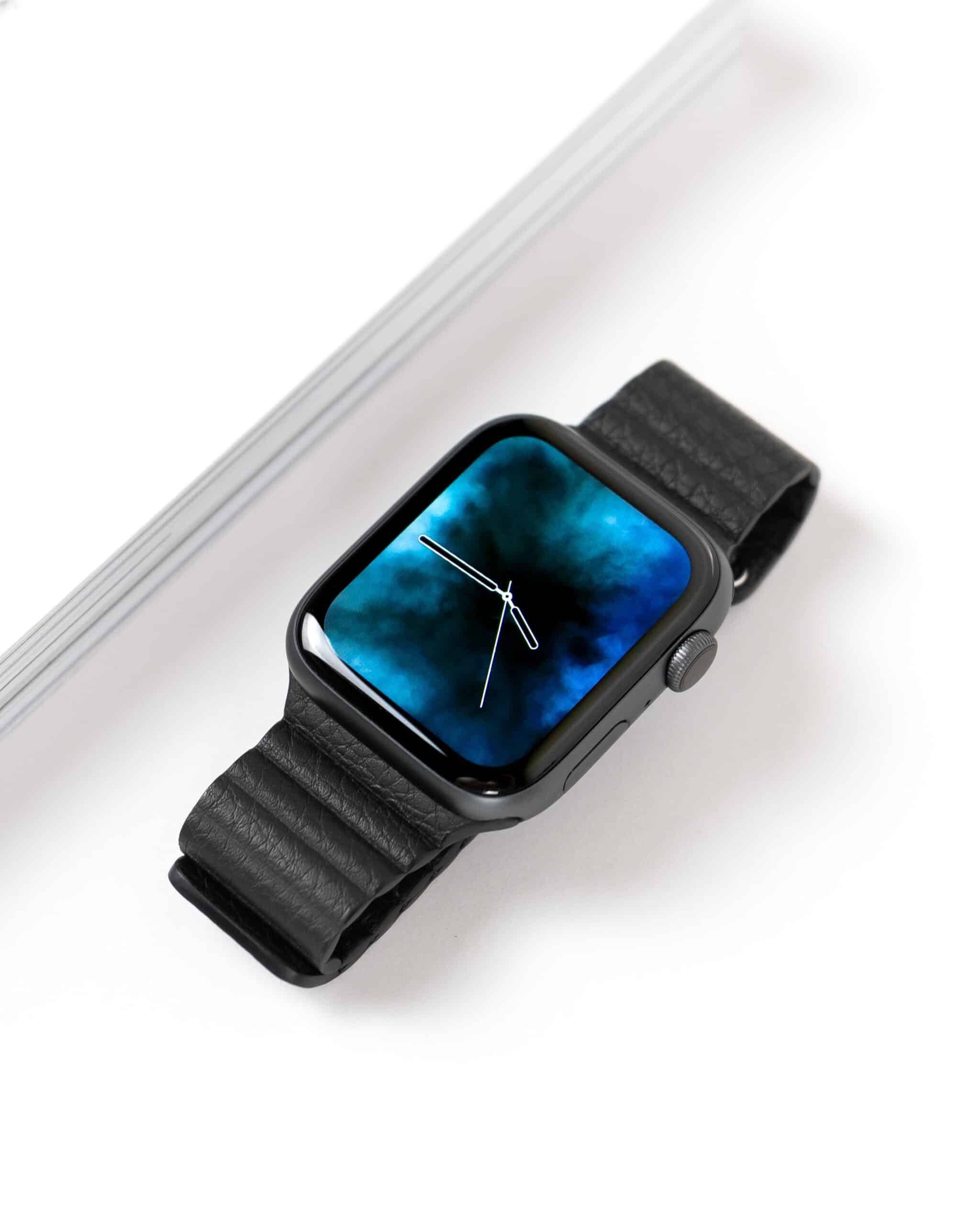
Smartwatch Operating Systems
Smartwatches run on different operating systems, each with its features and apps.
Apple WatchOS
The Apple WatchOS is designed to work seamlessly with iPhones. It has a wide range of fitness, health, and productivity apps. The Apple Watch also has unique features, such as the ECG app, which can detect irregular heartbeats.
Google Wear OS
Google’s Wear OS is designed to work with both Android and iOS devices. It has a range of apps, including fitness, health, apps. Wear OS also has features such as Google Assistant and Google Pay.
Samsung Tizen OS
Samsung’s Tizen OS is designed to work with Samsung phones. It has a range of apps, including fitness, health, and productivity apps. Tizen OS also has features such as Samsung Pay and Bixby Voice Assistant.
Others
Other smartwatch operating systems include Fitbit OS, designed to work with Fitbit devices, and Huawei’s Lite OS, designed for Huawei devices.
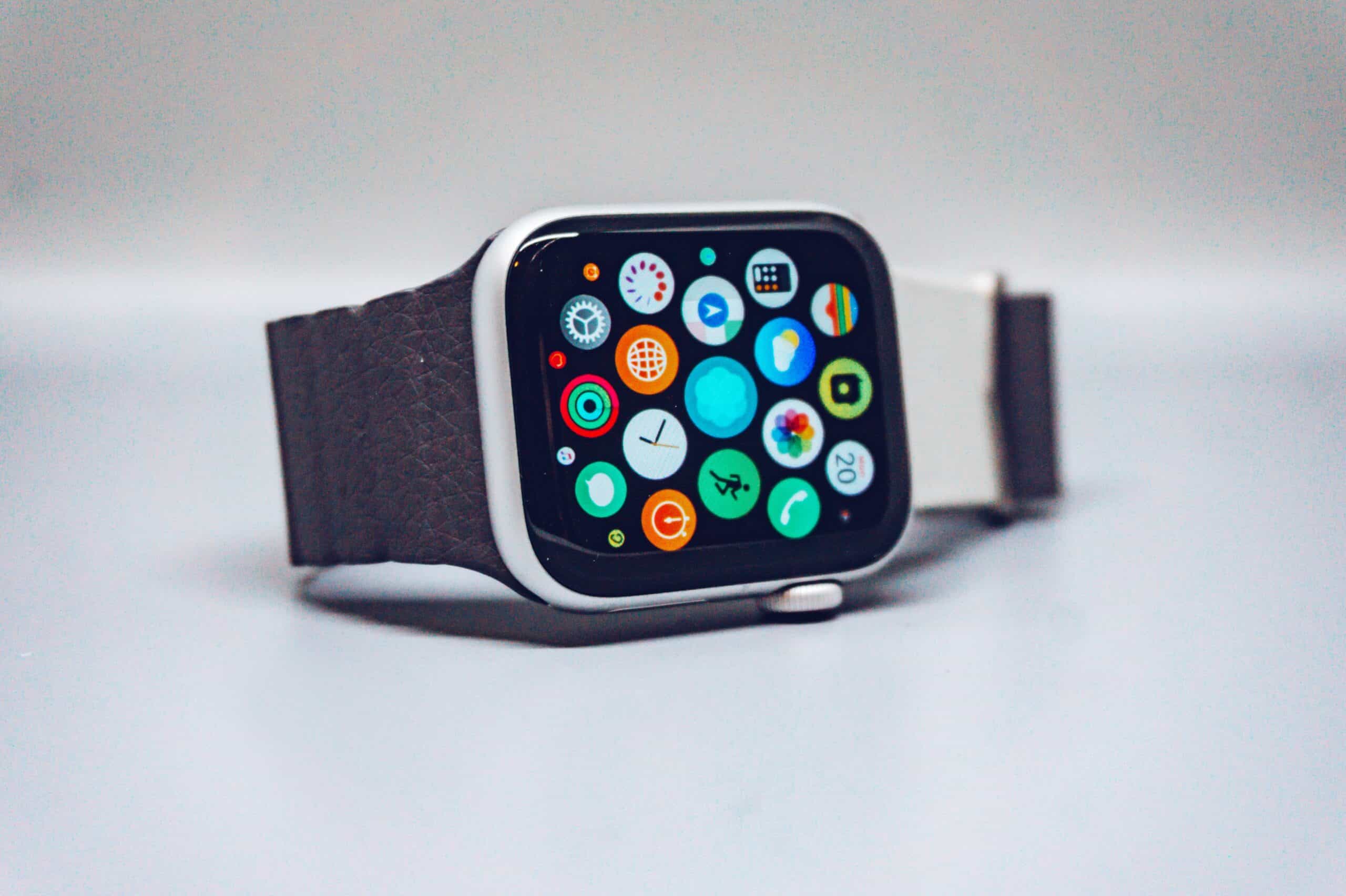
Types of Smartwatch
Smartwatches are wearable devices that connect to your phone and offer various features such as fitness tracking, GPS, and control. There are different types of smartwatches, each designed for other purposes. In this article, we’ll explore the different types of smartwatches, their features, and what to consider before buying.
Fitness Smartwatches
Fitness smartwatches are designed for athletes and fitness enthusiasts. They come with heart rate monitoring, GPS, and workout tracking features. Some even have specialized modes for activities such as running, cycling, and swimming. Examples of fitness smartwatches include the Garmin Forerunner 945 and the Fitbit Versa 3.
Fashion Smartwatches
Fashion smartwatches are designed to look like traditional watches while offering intelligent features. They come with interchangeable bands and watch faces to match different styles. Fashion smartwatches often have fitness tracking, notifications, and control features. Examples of fashion smartwatches include the Fossil Gen 5 and the Michael Kors Access Runway.
Outdoor Smartwatches
Outdoor smartwatches are designed for adventurers and outdoor enthusiasts. They come with features such as GPS, compass, and weather tracking. Some even have altimeters and barometers for tracking altitude and air pressure. Examples of outdoor smartwatches include the Garmin Instinct and the Suunto 9.
Hybrid Smartwatches
Hybrid smartwatches combine traditional watch designs with intelligent features. They often have analog watch faces with a small digital display for notifications and fitness tracking. Hybrid smartwatches typically have longer battery life than other types of smartwatches. Examples of hybrid smartwatches include the Withings Steel HR and the Garmin Vivomove HR.
Smartwatch Features to Consider Before Buying
When buying a smartwatch, there are several features to consider.
Display
The display is an essential part of a smartwatch. A good display should be easy to read in different lighting conditions and have good touch sensitivity. Some smartwatches have always-on displays, while others require you to wake them up to see the time.
Battery Life
Battery life is another essential factor to consider. Some smartwatches can last several days, while others must be charged daily. If you plan to use your smartwatch for fitness tracking or GPS, you may need to charge it more frequently.
Compatibility
Most smartwatches are designed to work with specific operating systems, such as Apple’s WatchOS or Google’s Wear OS. Ensure the smartwatch you choose is compatible with your phone’s operating system.
Notifications
Smartwatches can receive notifications from your phone, such as calls, texts, and emails. Some smartwatches also allow you to respond to messages directly from the watch.
Fitness Tracking
Fitness tracking is a popular feature on smartwatches. It lets you track your daily activity, such as steps taken and burned calories. Some smartwatches also have features such as heart rate monitoring and sleep tracking.
Pros of Smart Watches
Convenience and Accessibility
One of the most significant advantages of smartwatches is their convenience and accessibility. Smartwatches allow you to stay connected without taking your phone out of your pocket. You can quickly check notifications, receive calls, and send messages through your smartwatch without reaching for your phone. This is particularly useful when you are in a meeting, driving, or doing any activity where taking out your phone may not be feasible.
Fitness Tracking
Smartwatches are designed to track your fitness and health goals. These devices have sensors that can measure your heart rate, count your steps, and track your workouts. This is particularly useful for people who are conscious about their health and fitness goals.
Notifications
Smartwatches can be connected to your smartphone, which allows you to receive notifications on your wrist. This can be useful when you are in a meeting or driving and don’t want to be distracted by your phone. You can quickly glance at your watch to check your notifications and respond if necessary.
Navigation
Smartwatches come equipped with GPS, which allows you to use navigation features on your wrist. This is particularly useful when you are walking or driving and need directions. You can easily navigate using your smartwatch without taking out your phone.
Connectivity
Smartwatches can be connected to other smart devices, such as smart speakers and home devices. This lets you control your devices through your wrist without taking out your phone.
Cons of Smart Watches
Battery Life
One of the most significant drawbacks of smartwatches is their battery life. Smartwatches must be charged frequently, which can be inconvenient for some users. You may need to charge your smartwatch every night, which can be frustrating if you forget to charge it.
Price
Smartwatches can be expensive, with some models costing over $500. This can be a significant investment for some users, and it may not be feasible for everyone to invest in a smartwatch.
Compatibility
Smartwatches may not be compatible with all smartphones. Some smartwatches may only be compatible with certain smartphones, which can limit their functionality.
Learning Curve
Smartwatches can be complicated, especially if you are unfamiliar with the technology. There can be a steep learning curve when using a smartwatch, which may discourage some users from investing in one.
Distraction
Smartwatches can be distracting, especially if you receive a lot of notifications. You may constantly check your smartwatch, which can be counterproductive and distracting.
Conclusion
In conclusion, the lifespan of a smartwatch can vary depending on many factors, including battery life, usage, operating system updates, and build quality. Following the tips mentioned in this article can help extend your smartwatch’s lifespan and get the most out of your device. Remember to take care of your smartwatch, which will take care of you.
FAQs
Can I replace the battery in my smartwatch?
Some smartwatches have replaceable batteries, but others do not. Check with the manufacturer to see if your device’s battery can be replaced.
Will using my smartwatch for GPS drain the battery faster?
Yes, using your smartwatch for GPS can drain the battery faster. Consider bringing a portable charger if you plan to use your smartwatch for GPS.
Can I wear my smartwatch while swimming?
Some smartwatches are water-resistant and can be worn while swimming, but others are not. Check the manufacturer’s recommendations before wearing your smartwatch in water.
How often should I update my smartwatch’s operating system?
It’s best to update your smartwatch’s operating system as soon as updates become available. This can help to improve the performance and security of your device.
Can I wear my smartwatch to bed?
You can wear your smartwatch to bed to track your sleep patterns. However, this may impact the battery life of the device.
Do smartwatches become outdated?
Like most electronic devices, smartwatches can become outdated as newer models with improved technology are released. Technological innovation in the smartwatch industry is relatively fast. New models come out every year or so with enhanced features and capabilities.
How long does a Samsung smartwatch last?
The lifespan of a Samsung smartwatch can vary depending on several factors, including usage patterns, battery health, and the model of the watch. Generally, a Samsung smartwatch can last 2-4 years before it shows signs of wear and tear or becomes outdated.
Is it worth wearing a smartwatch?
Wearing a smartwatch depends on individual needs and preferences. However, many people find the convenience and features a smartwatch offers worth wearing, such as fitness tracking, notifications, and time management. Ultimately, whether or not a smartwatch is worth it is a personal decision that depends on your lifestyle and priorities.

